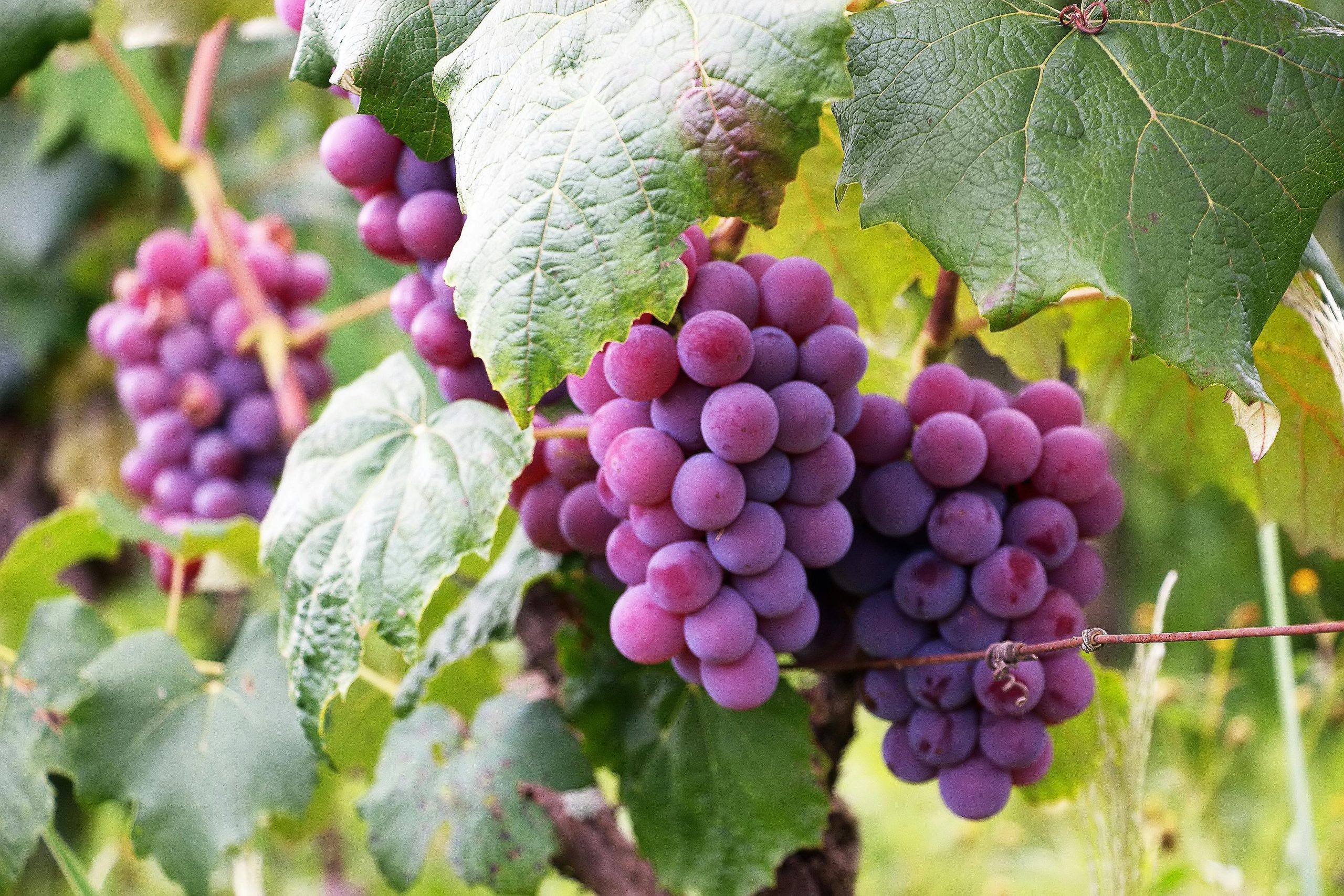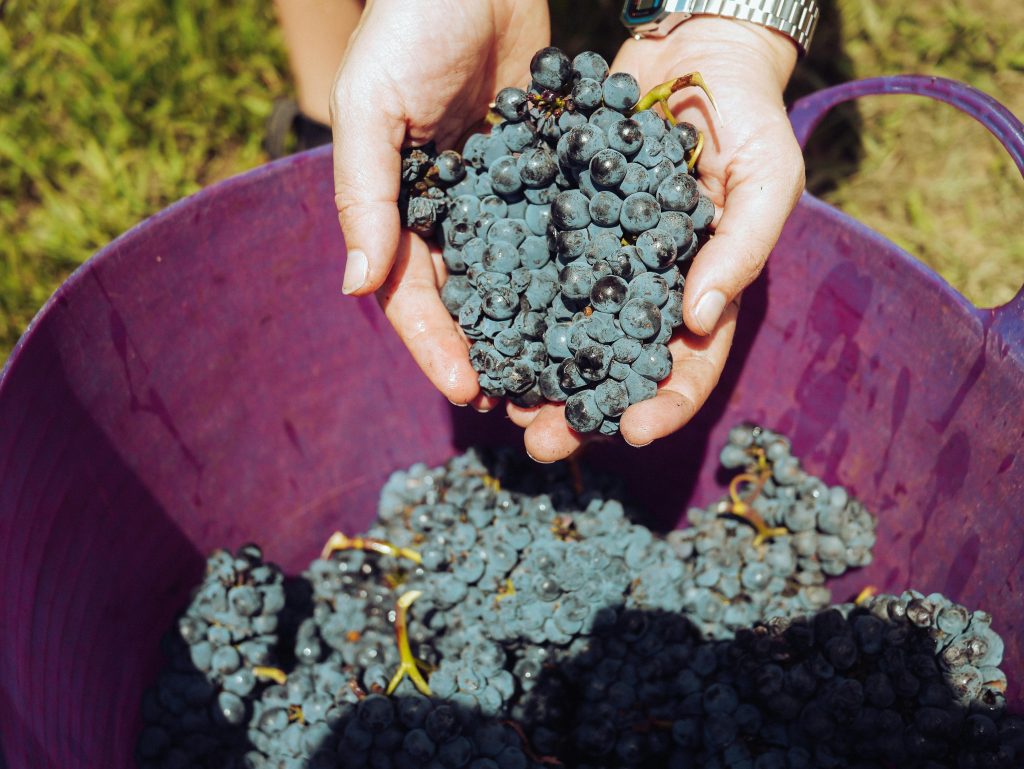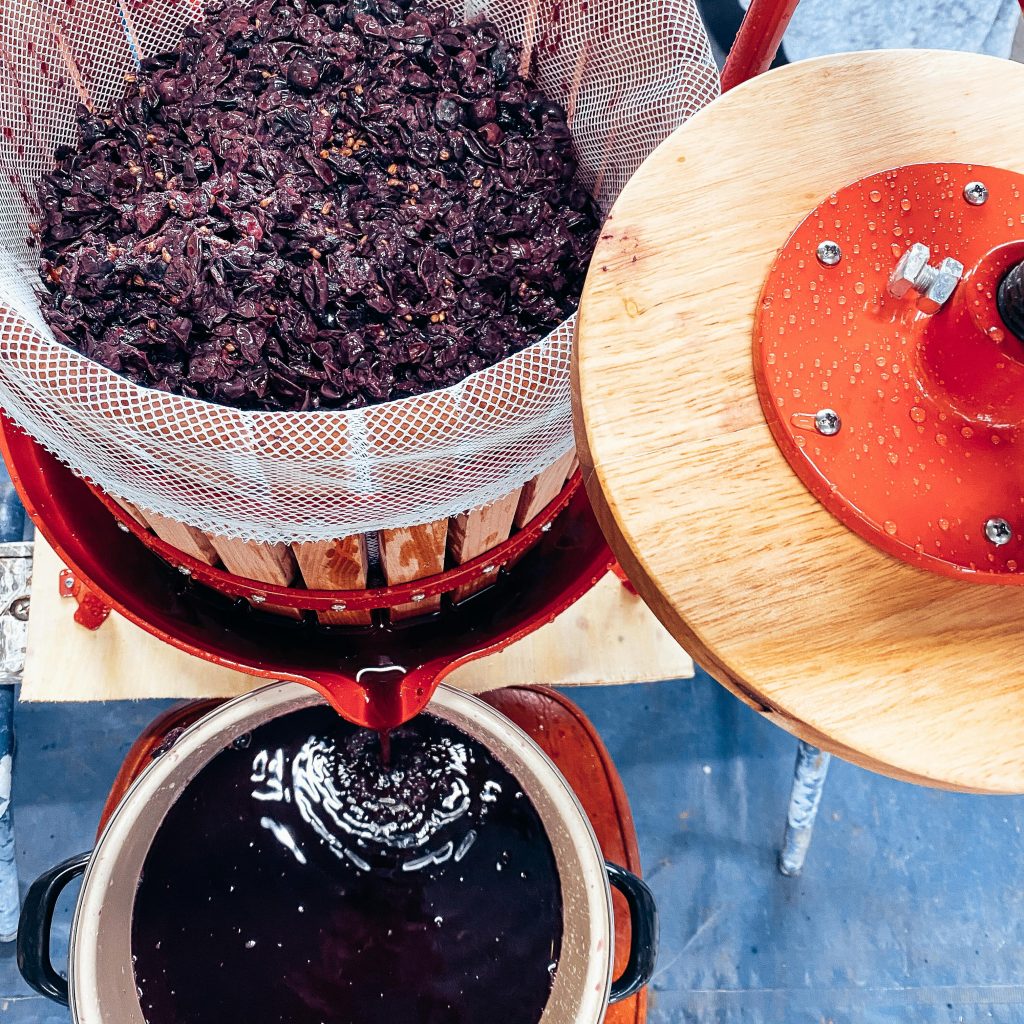
When you’re standing in the grocery store, staring at those shiny, juicy grapes, have you ever wondered if they could become wine? Well, the answer is a bit more complicated than just squishing them and waiting for magic to happen. There’s a whole world of difference between the grapes we munch on and the ones used to make that bottle of Chardonnay you’ve been saving for a special occasion. So, let’s explore table grapes vs. wine grapes.
Table Grapes: The Snackers
Let’s start with table grapes. You know the ones. They’re sitting in your fruit bowl, just waiting for you to pop them in your mouth for a quick snack. These grapes are bred and grown to be eaten fresh, and they’ve got a few key characteristics that make them perfect for that.
1. Size Matters
Table grapes are big. Like, really big compared to wine grapes. They’re bred to be plump and juicy, with a lot of water content. This makes them refreshing and easy to snack on. The bigger, the better when it comes to table grapes. You want that satisfying “pop” when you bite into one, right? That’s no accident. Farmers have carefully selected table grape varieties over the years to make sure they’re large, juicy, and bursting with sweetness.
2. Thin Skin, Fewer Seeds
Nobody likes munching on tough grape skins or spitting out seeds all the time. That’s why table grapes have thin skins and, in many cases, are seedless. Think of them as the “convenient” grapes. They’re designed to be easy to eat without much fuss. In contrast, wine grapes often have thicker skins, which might not be ideal for snacking but are essential for making wine.
3. Sugar, But Not Too Much
Table grapes are sweet. That’s part of their charm. But they’re not as sweet as you might think. They hover around 15-20% sugar content, which makes them sweet enough to enjoy but not so sweet that they’re cloying. This balance of sugar and acidity makes them refreshing, but it’s also why they’re not great for making wine.
Wine Grapes: The Workhorses of the Vineyard
Now, let’s shift gears to wine grapes. These little guys might not look as glamorous as their table grape cousins, but they’ve got an important job to do: become wine. And for that, they need to be packed with all the right stuff.

1. Small but Mighty
Wine grapes are tiny compared to table grapes. They might look a little underwhelming at first, but don’t let their size fool you. These grapes are full of concentrated flavors, sugars, and acids. Winemakers need this intensity because the process of making wine dilutes the grape’s natural flavor. So, smaller grapes mean more flavor packed into each drop of juice.
2. Thicker Skin, More Tannins
Here’s where wine grapes really start to set themselves apart. They’ve got thick skins, and that’s super important. Those skins are where all the tannins come from, and tannins are key to giving wine its structure and complexity. When you drink red wine and feel that drying sensation in your mouth, that’s the tannins at work, and they come from the grape skins. So, while thicker skins might not be great for snacking, they’re a winemaker’s best friend.
3. Sugar Overload
Wine grapes are all about sugar. They’ve got way more sugar than table grapes, often reaching 24-28% sugar content. Why? Because sugar is what ferments into alcohol. The more sugar a grape has, the more alcohol the wine will have. So, when winemakers are harvesting their grapes, they’re constantly checking the sugar levels, waiting for that perfect moment to pick them. Too early, and the wine will be weak. Too late, and you might end up with a wine that’s too high in alcohol or overly sweet.
The Taste Test: Why You Shouldn’t Make Wine from Table Grapes
So, what would happen if you tried to make wine from table grapes? Well, you could try, but the result would likely leave you underwhelmed. Let’s break it down:
1. Not Enough Sugar
As we mentioned earlier, table grapes don’t have nearly as much sugar as wine grapes. And without enough sugar, your wine will end up weak. Instead of a nice, rich Cabernet Sauvignon, you’d end up with something more like grape-flavored water with a slight buzz.
2. Too Much Water
Table grapes are full of water, which is great when you’re eating them but not so great when you’re making wine. Wine grapes are more concentrated because they have less water, which means the juice that comes from them is richer and more flavorful. Table grapes would dilute the flavor of the wine, making it taste bland.
3. Not Enough Tannins
Remember those tannins we talked about? Table grapes don’t have them. Or at least, not enough to make a difference. Without tannins, your wine would lack structure and depth. It might taste okay for a second, but then it would just kind of… disappear. Wine needs tannins to give it that lasting finish.
Wine Grapes in the Field: A Tough Life
Let’s take a moment to appreciate the hard life of a wine grape. These grapes have to endure a lot to reach your glass. They’re often grown in tough conditions, where they’re forced to struggle a bit. This might sound harsh, but it’s actually key to what makes them great for wine.
1. Stressed for Success
Wine grapes thrive when they’re stressed. That’s right. The tougher the conditions, the better the grapes. When a vine has to struggle for water and nutrients, it puts all its energy into making the best grapes it can. This stress results in grapes that are smaller but packed with flavor and sugar. It’s a bit like when you’re under pressure and somehow manage to do your best work!
2. Terrific Terroir
Wine grapes are all about the terroir, which is a fancy French word for the environment in which they’re grown. Soil, climate, altitude, and even the angle of the sun all play a part in shaping the flavor of wine grapes. That’s why wines from different regions taste so unique, even if they’re made from the same grape variety. Table grapes, on the other hand, are grown pretty much anywhere, as long as the conditions are right for growing big, juicy fruit.

A Tale of Two Grapes: Varieties Matter
Now, let’s talk grape varieties. Most of the grapes you see in the supermarket are varieties like Thompson Seedless or Red Globe. These are bred specifically for snacking. They’re big, they’re sweet, and they’re easy to eat.
Wine grapes, on the other hand, include varieties like Cabernet Sauvignon, Merlot, Pinot Noir, Chardonnay, and Sauvignon Blanc. These grapes have been grown and perfected over centuries to make wine. Each variety has its own unique flavor profile, sugar level, and tannin structure, all of which contribute to the final product.
1. Seedless vs. Seeds
Many table grapes are seedless, which makes them perfect for eating. But wine grapes almost always have seeds. In fact, those seeds can add bitterness and tannins to the wine, which is another reason they’re so important to the winemaking process.
2. The “Terroir” Debate
Table grape growers don’t care much about terroir. They’re more focused on producing uniform, high-yield crops that can be shipped to supermarkets around the world. Wine growers, on the other hand, are obsessed with terroir. The soil, climate, and even the neighboring plants can all influence the flavor of the wine, and wine lovers celebrate these differences. In the world of wine, terroir is king.
Grape Hybrids: The Best of Both Worlds?
In recent years, scientists and grape growers have been experimenting with hybrid grapes. These are crossbreeds between table and wine grapes, designed to combine the best qualities of both. The goal is to create grapes that are flavorful enough to make wine but also juicy and sweet enough to snack on.
One example is Concord, a grape that’s commonly used for both juice and wine (though the wine tends to be sweet and a bit more like juice than most wine drinkers prefer). While hybrids might sound like the perfect solution, they haven’t caught on in the fine wine world yet. But who knows? The future of wine might just involve grapes that you can both drink and snack on!
Conclusion: Two Grapes, Two Very Different Journeys
At the end of the day, table grapes and wine grapes are like two distant cousins. They share DNA, but they’ve evolved in totally different directions. Table grapes are bred for convenience. They’re big, juicy, and easy to eat. Wine grapes, on the other hand, are all about depth. They’re small, concentrated, and packed with all the qualities that make wine so special.
So, next time you’re enjoying a glass of wine or popping a grape in your mouth, take a moment to appreciate the journey that grape has been on. Whether it’s a simple snack or a complex bottle of wine, grapes have been working hard to bring joy to your taste buds.
[…] for snacking. Each variety has its perks, so decide as a team which one to plant. (Check out this guide on the difference between table grapes and wine grapes to help you […]